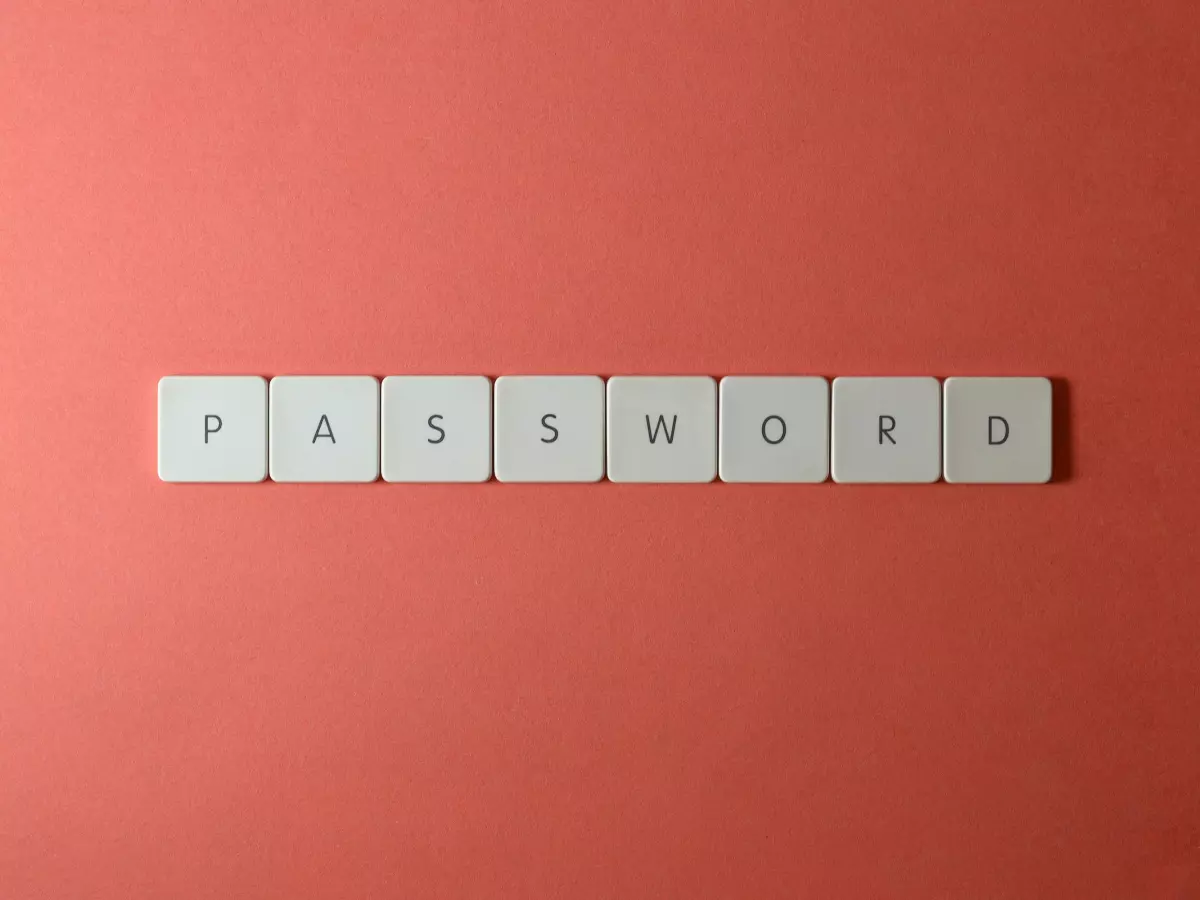Blockchain Bottlenecks
Blockchain is often hailed as the ultimate solution for secure, decentralized transactions. But here's the kicker: it's not as scalable as you might think.

By Hannah White
When people talk about blockchain, they usually rave about its security and decentralization. But what they often gloss over is the elephant in the room: scalability. The truth is, while blockchain is great for keeping your data secure, it’s not exactly built to handle a high volume of transactions at lightning speed. And that’s a problem, especially if we’re talking about mass adoption.
Think about it: Bitcoin, the OG of cryptocurrencies, can only handle about 7 transactions per second. Compare that to Visa, which processes thousands of transactions per second, and you start to see the issue. Ethereum, another big player, isn’t much better, clocking in at around 30 transactions per second. This bottleneck is a huge hurdle in the race to make blockchain mainstream.
So, what’s the deal? Why is blockchain so slow when it comes to scalability, and more importantly, how does this impact security? Let’s dive into the technical weeds.
Why Blockchain Struggles with Scalability
At its core, blockchain is a distributed ledger. Every transaction gets recorded on multiple nodes (computers) across the network. This is what makes it decentralized and secure—no single point of failure. But here’s the catch: every node has to validate every transaction. That’s a lot of work, especially when the network grows.
In traditional systems, like your bank or Visa, there’s a central authority that processes transactions. It’s fast because it doesn’t need to check in with a bunch of other computers. But in blockchain, every node has to agree on the state of the ledger, which takes time. The more nodes, the longer it takes. And this is where scalability hits a wall.
To make matters worse, blockchain networks like Bitcoin and Ethereum use Proof of Work (PoW) as their consensus mechanism. PoW is secure, but it’s also resource-intensive. Miners have to solve complex puzzles to validate transactions, and this takes time and computing power. The result? A slow, albeit secure, network.
Security vs. Scalability: The Trade-Off
Here’s where things get interesting. The very thing that makes blockchain secure—its decentralized nature—is also what makes it hard to scale. It’s a classic trade-off: you can have security, or you can have speed, but it’s tough to get both.
In blockchain, this trade-off is often referred to as the “scalability trilemma,” a term coined by Ethereum co-founder Vitalik Buterin. The trilemma suggests that blockchain networks can only optimize for two out of three things: decentralization, security, and scalability. If you want more scalability, you might have to sacrifice some decentralization or security. And that’s a tough pill to swallow for a technology that prides itself on being decentralized and secure.
Layer 2 Solutions: A Glimmer of Hope?
So, how do we solve this scalability problem without compromising security? Enter Layer 2 solutions. These are protocols built on top of existing blockchains that aim to increase transaction throughput without changing the underlying blockchain itself.
One popular Layer 2 solution is the Lightning Network, designed for Bitcoin. It allows transactions to be processed off-chain, meaning they don’t need to be validated by every node in the network. Instead, the transactions are bundled and then added to the blockchain later. This speeds things up significantly while still maintaining security.
Ethereum is also working on its own Layer 2 solutions, like Optimistic Rollups and zk-Rollups, which aim to increase transaction speed by processing data off-chain and only settling the final state on-chain. These solutions offer a promising way to scale blockchain networks without sacrificing security.
Sharding: The Future of Blockchain Scalability?
Another potential solution to the scalability problem is sharding. In a traditional blockchain, every node processes every transaction. But with sharding, the network is split into smaller “shards,” each responsible for processing its own subset of transactions. This allows the network to process multiple transactions in parallel, significantly increasing throughput.
Ethereum 2.0, the much-anticipated upgrade to the Ethereum network, plans to implement sharding as part of its roadmap. If successful, sharding could be a game-changer for blockchain scalability, allowing networks to handle thousands of transactions per second without compromising security.
What’s the Catch?
Of course, no solution is perfect. Layer 2 solutions and sharding come with their own set of challenges. For example, Layer 2 solutions often require users to lock up funds in smart contracts, which can be a security risk if the contract is poorly written. Sharding, on the other hand, introduces complexity into the network, making it harder to maintain and potentially opening up new attack vectors.
So, while these solutions offer a way forward, they’re not without their trade-offs. The question is: are we willing to accept these risks in exchange for better scalability?
And that brings us to the final question: can blockchain ever truly scale without compromising its core principles of decentralization and security? Or will we always be stuck in this balancing act?





